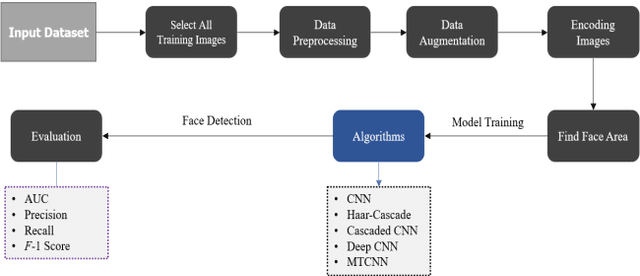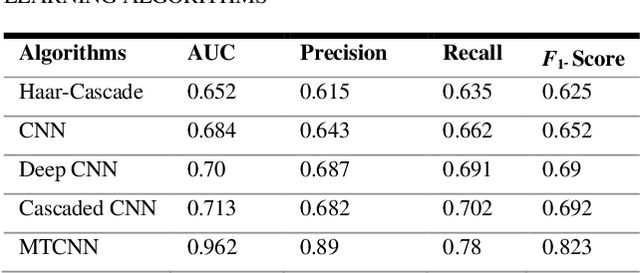Tanzim Ahmed
Analysis of Arrhythmia Classification on ECG Dataset
Jan 10, 2023Abstract:The heart is one of the most vital organs in the human body. It supplies blood and nutrients in other parts of the body. Therefore, maintaining a healthy heart is essential. As a heart disorder, arrhythmia is a condition in which the heart's pumping mechanism becomes aberrant. The Electrocardiogram is used to analyze the arrhythmia problem from the ECG signals because of its fewer difficulties and cheapness. The heart peaks shown in the ECG graph are used to detect heart diseases, and the R peak is used to analyze arrhythmia disease. Arrhythmia is grouped into two groups - Tachycardia and Bradycardia for detection. In this paper, we discussed many different techniques such as Deep CNNs, LSTM, SVM, NN classifier, Wavelet, TQWT, etc., that have been used for detecting arrhythmia using various datasets throughout the previous decade. This work shows the analysis of some arrhythmia classification on the ECG dataset. Here, Data preprocessing, feature extraction, classification processes were applied on most research work and achieved better performance for classifying ECG signals to detect arrhythmia. Automatic arrhythmia detection can help cardiologists make the right decisions immediately to save human life. In addition, this research presents various previous research limitations with some challenges in detecting arrhythmia that will help in future research.
* 6 pages, 5 figures. This paper has been published to 2022 proceedings of IEEE 7th International conference for Convergence in Technology (I2CT), 07-09 April 2022, Mumbai, India
Convolutional Neural Network Based Partial Face Detection
Jun 29, 2022



Abstract:Due to the massive explanation of artificial intelligence, machine learning technology is being used in various areas of our day-to-day life. In the world, there are a lot of scenarios where a simple crime can be prevented before it may even happen or find the person responsible for it. A face is one distinctive feature that we have and can differentiate easily among many other species. But not just different species, it also plays a significant role in determining someone from the same species as us, humans. Regarding this critical feature, a single problem occurs most often nowadays. When the camera is pointed, it cannot detect a person's face, and it becomes a poor image. On the other hand, where there was a robbery and a security camera installed, the robber's identity is almost indistinguishable due to the low-quality camera. But just making an excellent algorithm to work and detecting a face reduces the cost of hardware, and it doesn't cost that much to focus on that area. Facial recognition, widget control, and such can be done by detecting the face correctly. This study aims to create and enhance a machine learning model that correctly recognizes faces. Total 627 Data have been collected from different Bangladeshi people's faces on four angels. In this work, CNN, Harr Cascade, Cascaded CNN, Deep CNN & MTCNN are these five machine learning approaches implemented to get the best accuracy of our dataset. After creating and running the model, Multi-Task Convolutional Neural Network (MTCNN) achieved 96.2% best model accuracy with training data rather than other machine learning models.
 Add to Chrome
Add to Chrome Add to Firefox
Add to Firefox Add to Edge
Add to Edge